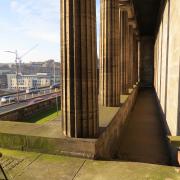
OLD ROYAL HIGH SCHOOL FUTURE DIVIDES OPINION
As the 24 March deadline approaches for comments on latest plans for the old Royal High School, both sides are redoubling their efforts to persuade.
Representatives from Urbanist Hotels, Hoskins Architects and Duddingston House Properties summarised their proposal for a luxury hotel to the New Town & Broughton Community Council on 13 March.
On 14 March, Edinburgh World Heritage, the Cockburn Association, and the Architectural Heritage Society of Scotland hosted a meeting in Central Hall to detail their reservations and mobilise opposition.
We take those meetings in order.
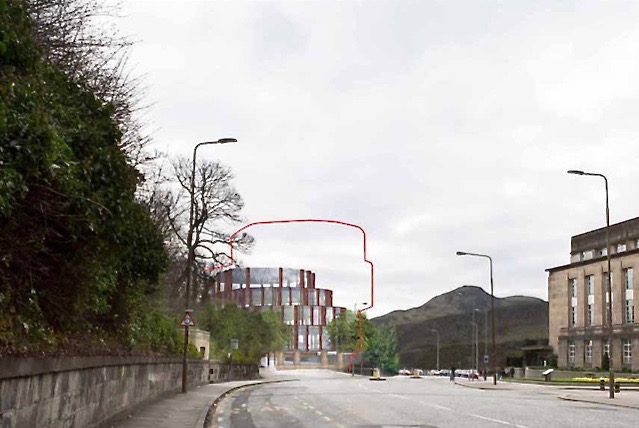
David Orr, co-founder and Chair of Urbanist Hotels took the lead. He began by saying he understood the considerable concern people felt over such an important building.
He summarised his personal background as an Eglinton Terrace-born local who had lived in Bellevue Terrace before going on to become an award-winning hotelier. He asked those present to accept at face value the sincerity, seriousness and enthusiasm with which the developers had approached a difficult task.
The latest proposal would be, he said, a sustainable, viable, new resource which respected Hamilton’s architecture. It would be a ‘special, cherishable asset’ for Edinburgh and Scotland, providing opportunities for young people.
In formulating the revised plans, the development team had genuinely embraced feedback on its earlier scheme, and the result was an improved proposal which was also better than that for the music school.
Orr’s tone was notably emollient – in marked contrast to the planning application's acerbic responses to earlier criticisms (see Breaking news, 22.2.17).
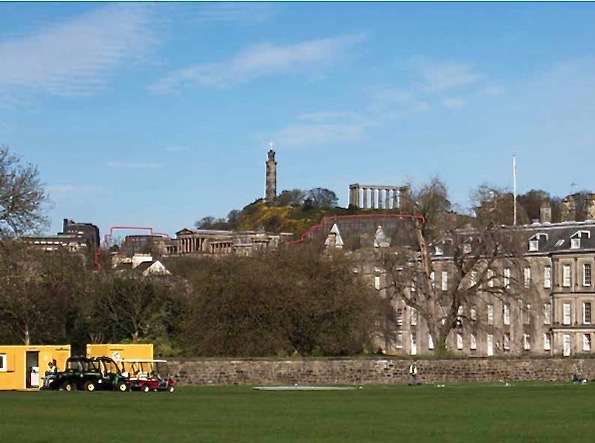
An architectural outline followed, summarising the smaller mass of the western accommodation wing, its reduction in height by one storey, and repositioning further back from the road. The scheme's total gross internal space had dropped from 18,000 square metres to 16,000 square metres.
Connections from the public areas (Hamilton building) to bedroom wings would no longer be through gable ends. A blocked window on the Calton Hill side would be adapted instead.
More of the views to and from the site had been preserved. The patinated copper materials reflected the local landscape and would not oxidise to a turquoise colour. They would darken after the first 60 years. The new roofs would be turfed. (A member of the public later disputed whether the copper approach was respectful to the original stone materials adjacent.)
Regarding the Hamilton building itself, there were no intrusions to the front elevations. Access would be via existing entrances and terraces.
At lower-ground-floor level, a decision had been made to stay within existing spaces and embark on no new excavation.
Vehicle access from the east had been amended and would be through an existing gate.
Questions and answers
- Orr refused an invitation to clarify the terms of the developers’ contract with City of Edinburgh Council. It was commercially confidential. He would not say how open-ended it was.
- Orr was used to addressing ‘threshold anxiety’ – how to encourage the public to enter and use public components of a hotel. He had been doing this with active arts programmes for the past 16 years, and would contractually oblige operator Rosewood Hotels to do the same. He envisaged a blend of national and local artists performing in the space.
- Would locals feel welcome in a top-end, 5-star hotel? Would they be able to afford drinks and meals? Would they be able to dress casually? Orr suggested the shabby-chic Spurtle correspondent who asked these three questions would be overdressed and underbearded in most Rosewood Hotels, which specialise in ‘popular, populated and affordable bars and brasseries’.
- The developers’ co-investor was Oaktree Capital. Orr would not speculate on which banks they would use.
- The revised scheme’s reduced business model (127 bedrooms rather than 149 as previously envisaged) was made possible by the weaker pound, and vastly reduced costs/risks resulting from less building and no excavation. Orr stressed that the new business model had followed a change in approach to design, not the other way around.
- Why did the developers keep ignoring recommendations by the Urban Design Forum? Hoskins’ Chris Coleman-Smith answered that the Panel was not unanimous in such recommendations, and that there was ample scope for an alternative, more ‘global’ approach.
- Both accommodation wings would be higher than the Hamilton building between them, but the larger eastern one was no higher than the current gymnasium.
- No, the eastern accommodation wing did not come down to street level. There would be landscaping (common-good land) between the two. No, although there were glazed surfaces facing Regent Terrace, these were not windows.
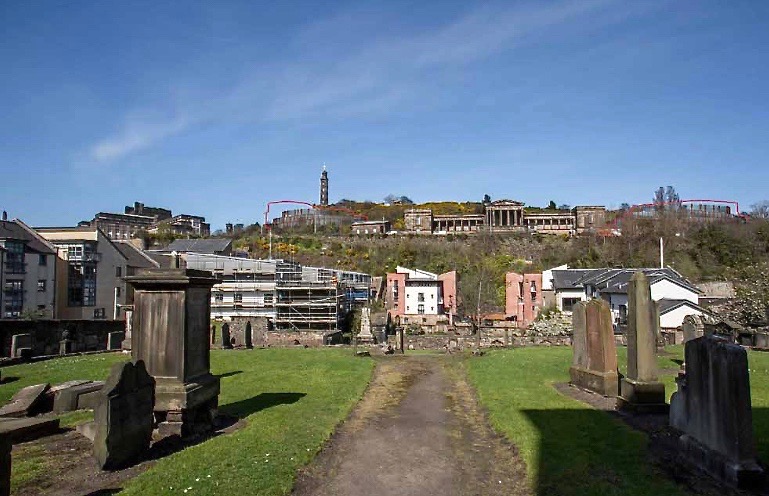
The meeting concluded with Chair Ian Mowat thanking the speakers for a ‘genuinely informative’ presentation. Orr expressed his appreciation and, before they left, repeated that the developers were making a sincere effort.
With a packed agenda still to follow, there was no further discussion of the subject once they had gone.
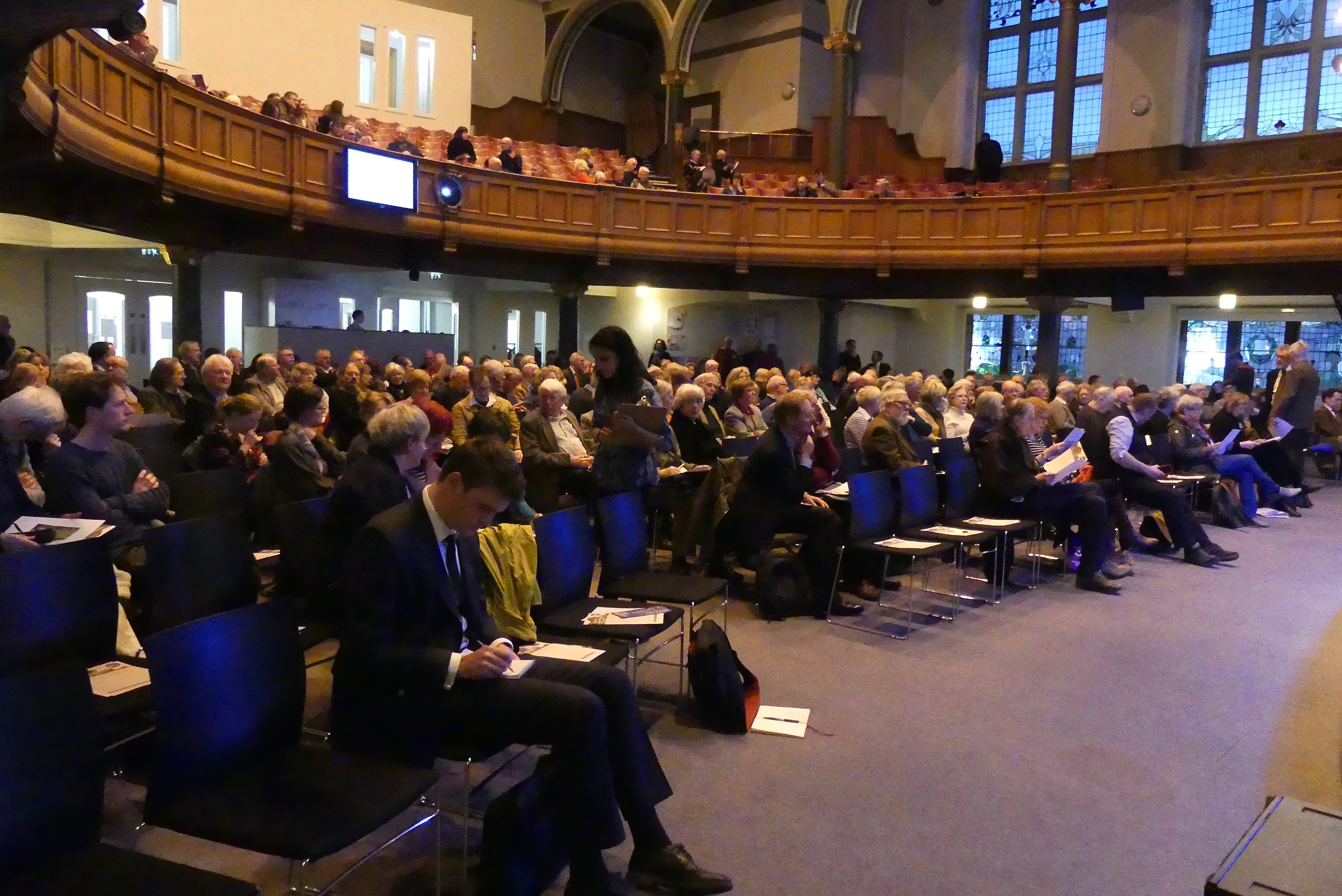
Around 250 people attended the ‘Save the Royal High School’ in Central Hall, Tollcross, last night.
It began with the Chair, Carol Nimmo (Regent, Royal, Carlton Terraces & Mews Association), reading a newly arrived statement from Save Britain’s Heritage, which condemned the latest Duddingston House Properties (DHP) and Urbanist Hotels (UH) proposal as a violation of the building and its site.
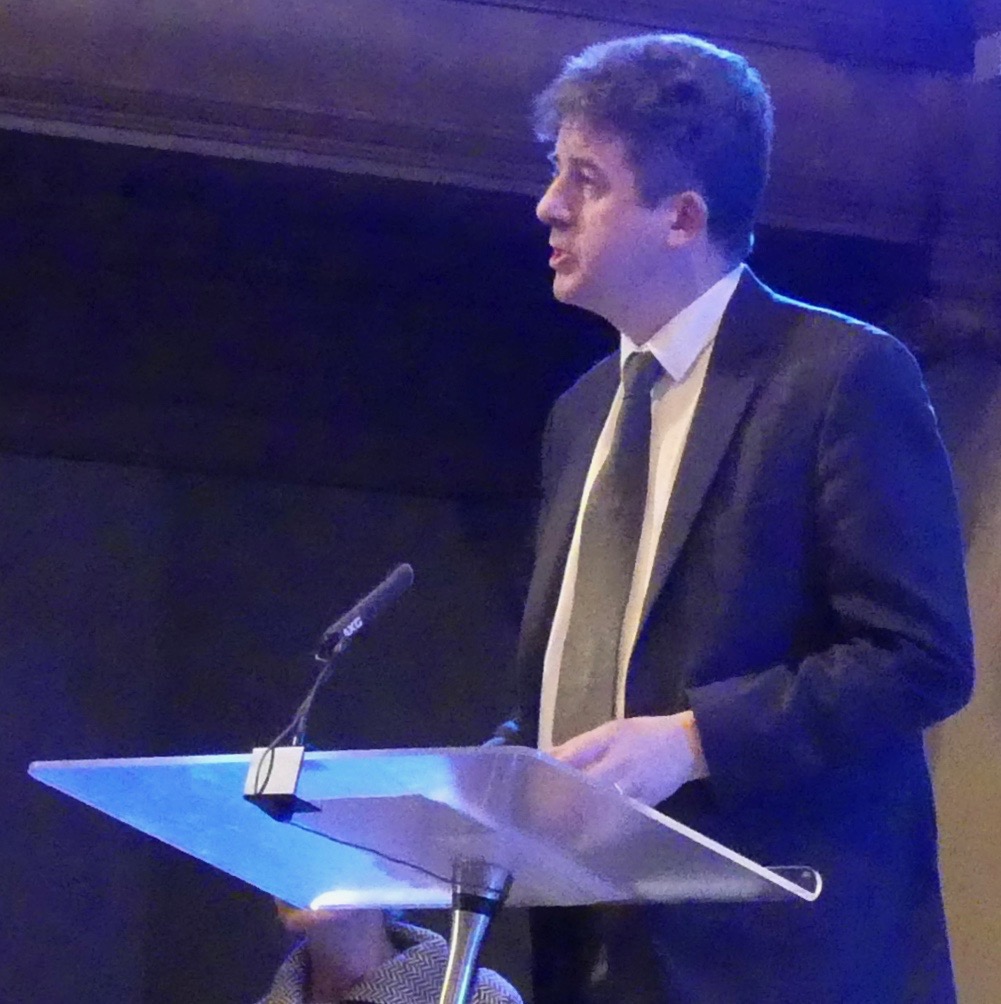
Much of his legal detail may have been lost on the audience, but what clearly emerged was the need for opponents of the hotel scheme to object:
- even if they had already objected to the former scheme
- citing only strictly ‘material’ reasons (a ‘dislike of hotels’ wouldn’t count)
- before the deadline on 24 March, and before lobbying councillors, MSPs and ministers.
He finished with a rhetorical flourish, wondering what it would say about Scotland ‘if we were prepared to trash it for a 5-star hotel’.
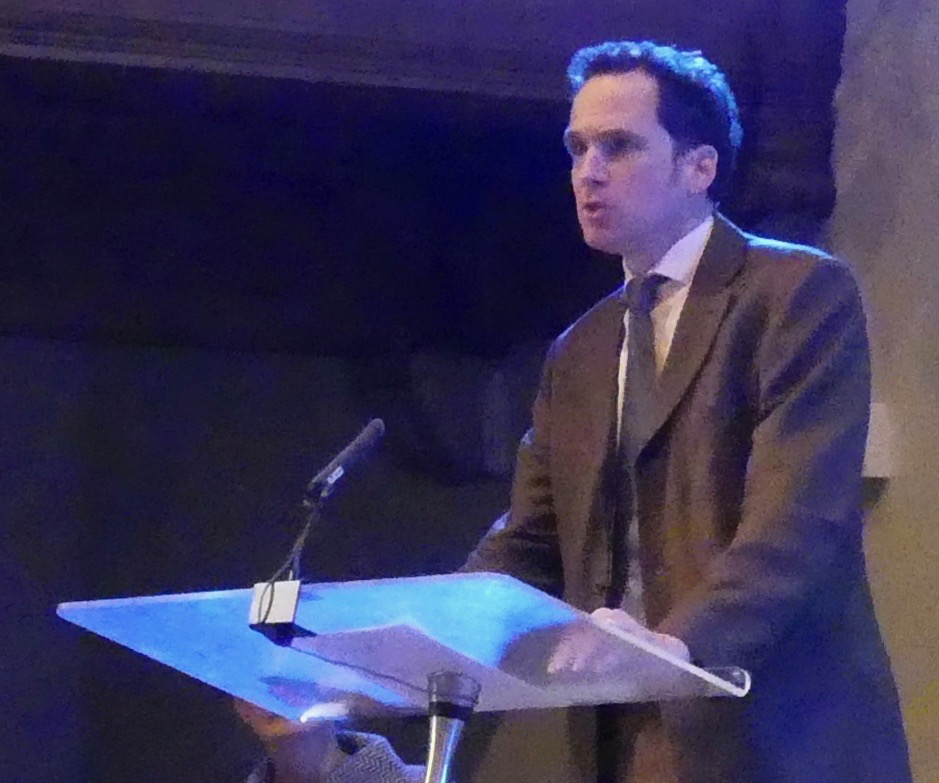
Edinburgh and Scotland had asked for World Heritage status, and were now responsible for preserving it. The current hotel scheme would contravene local policy ENV1 by damaging the reasons for WH status having been bestowed in the first place.
The latest proposals were still too big and overbearing, and would impact on the spirit of Hamilton’s building in its setting. The accommodation wings would overwhelm and objectify the central structure, turning it into a ‘dinky’ ornament, destroying its integration into the landscape and planned alignments to views.
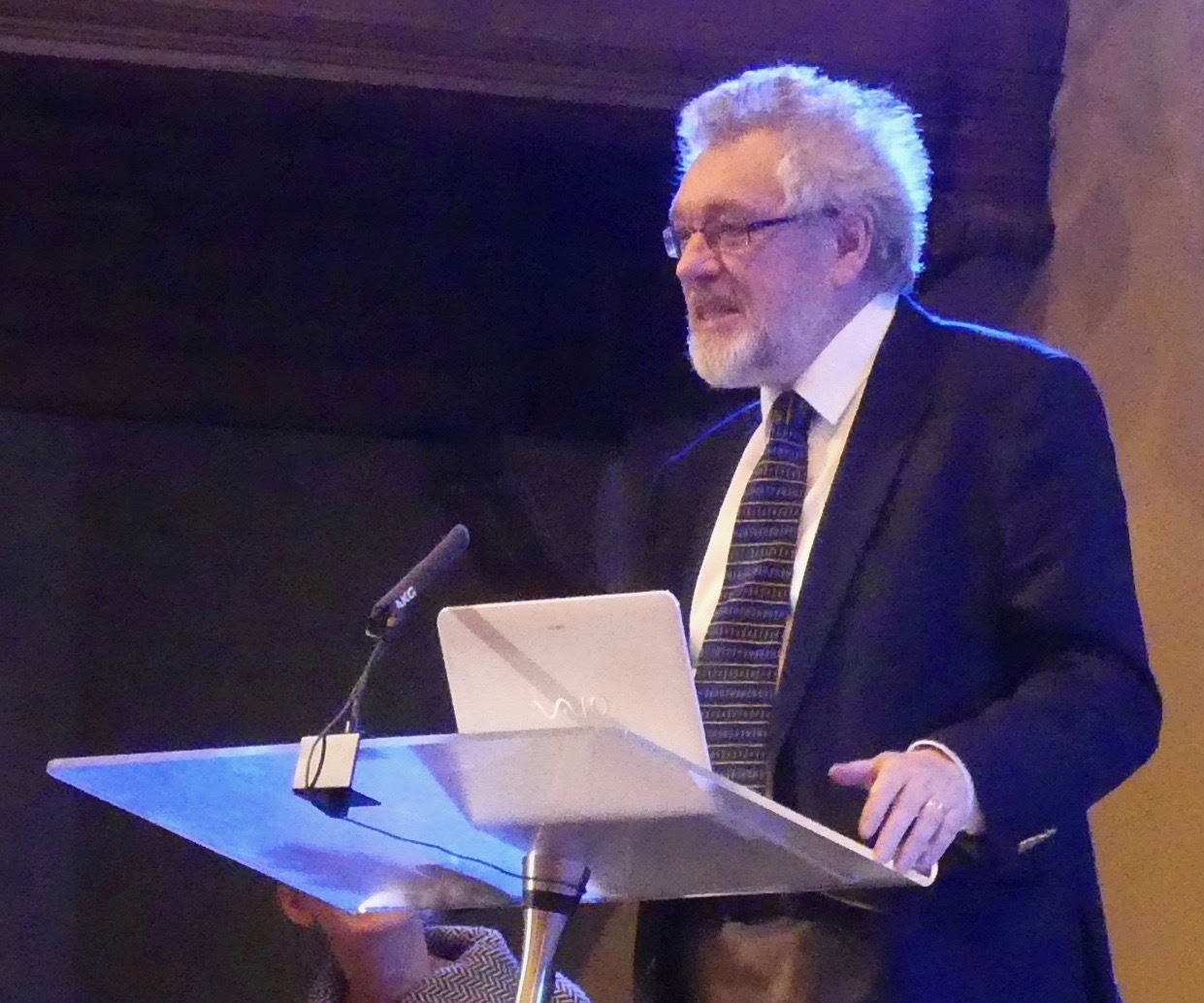
The latest report by consultants Oxford Economics had made various attractive-sounding claims, said Hague, but they were meant to describe a financial context up to 2025. Nobody could predict that far ahead in the future, let alone using highly speculative assumptions, multipliers, and profit-projections based on information supplied by optimistic developers.
Far from being a sure-fire money-generator for Edinburgh and Scotland, the luxury hotel scheme carried many potential risks which could wreck the developers’ business model and see the old Royal High School sold off or subject to planning modifications further down the line.
DHP and UH’s proposal risked permanent, irreversible and detrimental damage to the Hamilton building and its setting.
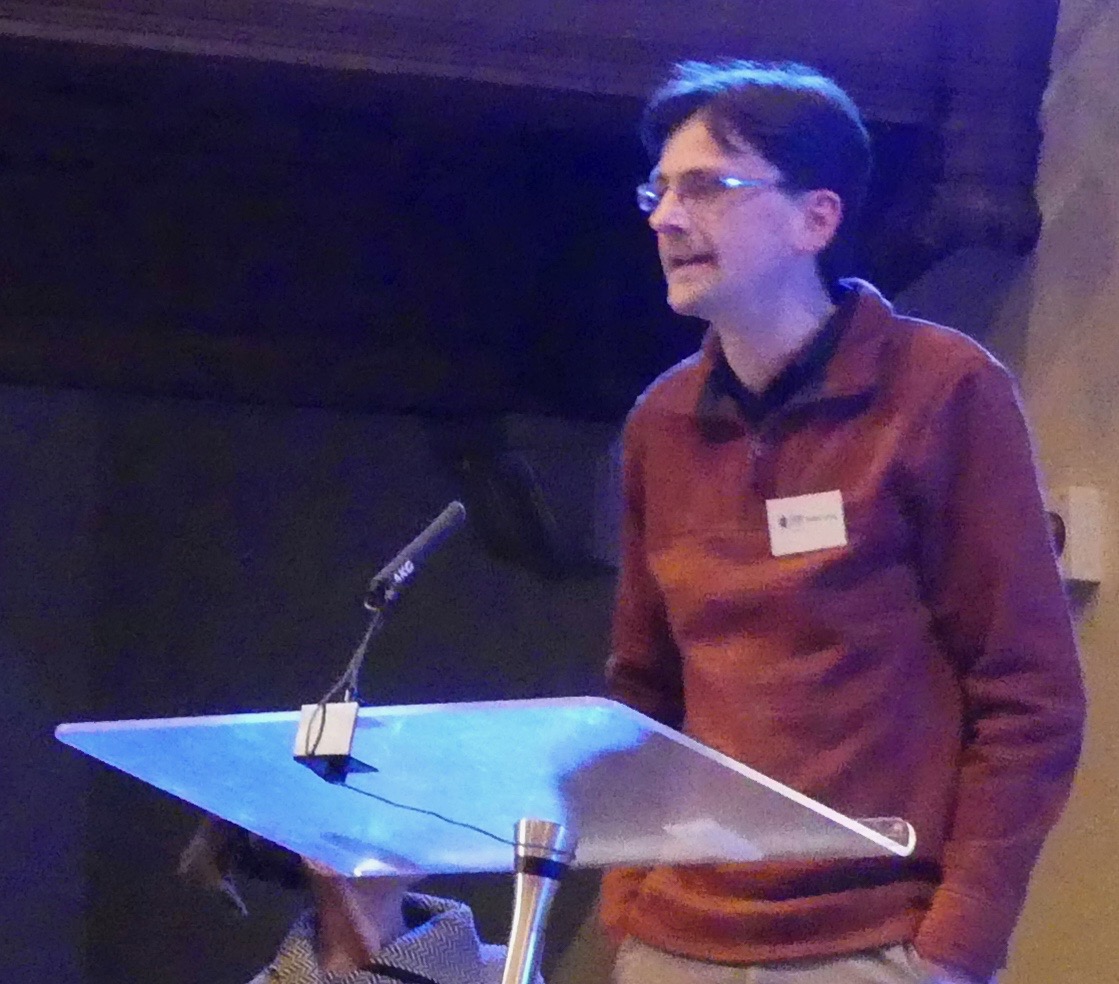
The Architectural Heritage Society of Scotland’s Forth & Borders Convener, Alastair Disley, looked in detail at the latest applications.
Among other 'objectionable features', he noted the new proposal’s loss of symmetry and individuality in the relationship between buildings. It rejected the unity of stone materials and classical references shared within the site and over the road at St Andrew’s House.
The west wing, approached from Waterloo Place, ‘popped up like a surfacing submarine’. The external corridor on the north elevation obscured the architecture behind, while the service entrance on Regent Road was too small to be functional. The developers repeatedly understated the detrimental impact of their plans as visualised in the Environmental Impact Assessment.
In short, this was no way in which to treat such an emotive and powerful setting.
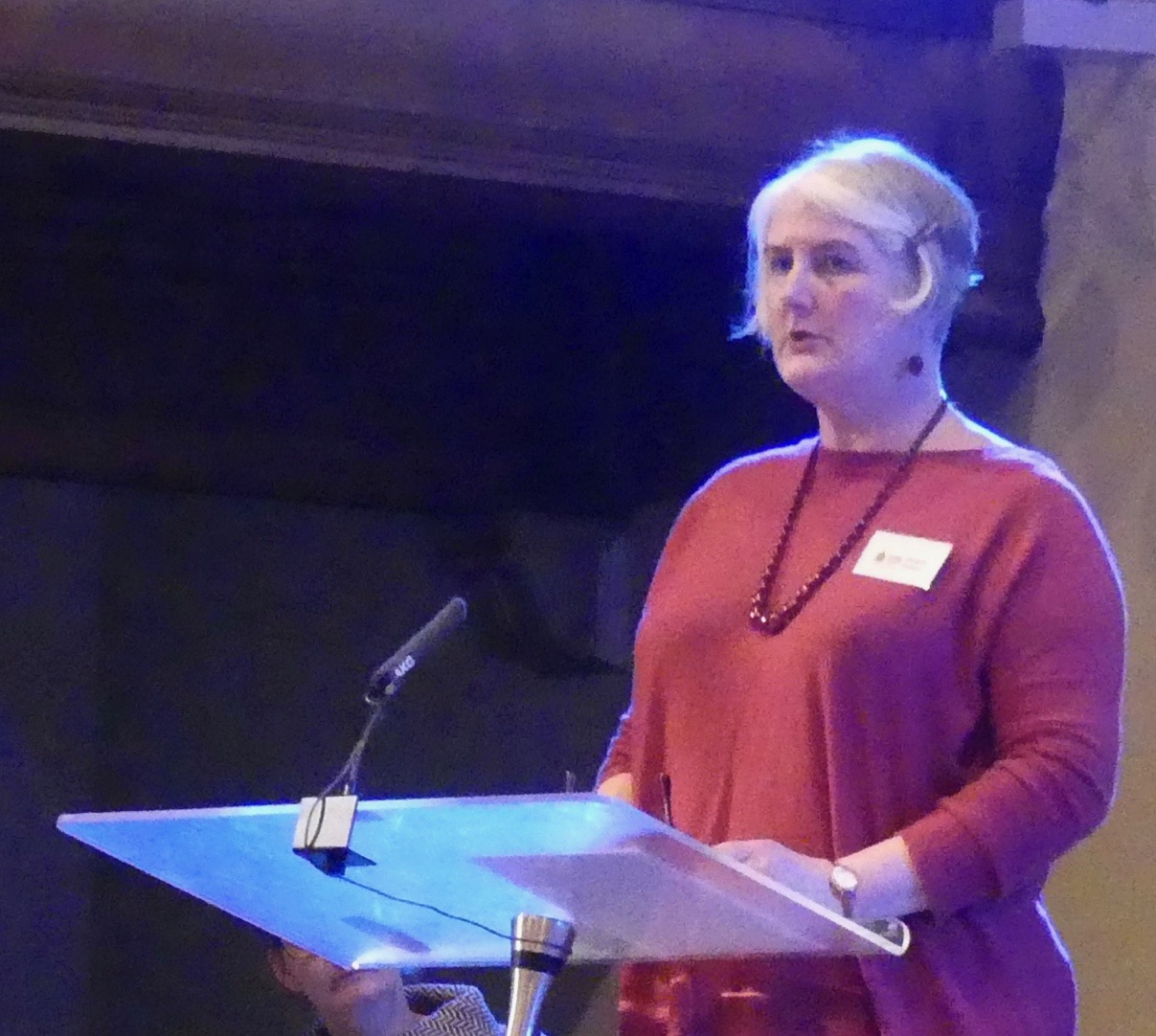
- respond afresh and separately to the new applications, quoting both the 17/00588/FUL and 17/00587/LBC reference numbers (the same reasons could be used for each)
- if objecting, use the word ‘object’ or ‘objection’
- make material points (like those below, for example) by the 24 March deadline.
Carol Nimmo wrapped up the evening with thanks to the speakers and organisers, and an emotive plea to encourage as many friends, relations and complete strangers as possible to add their weight to the campaign against.
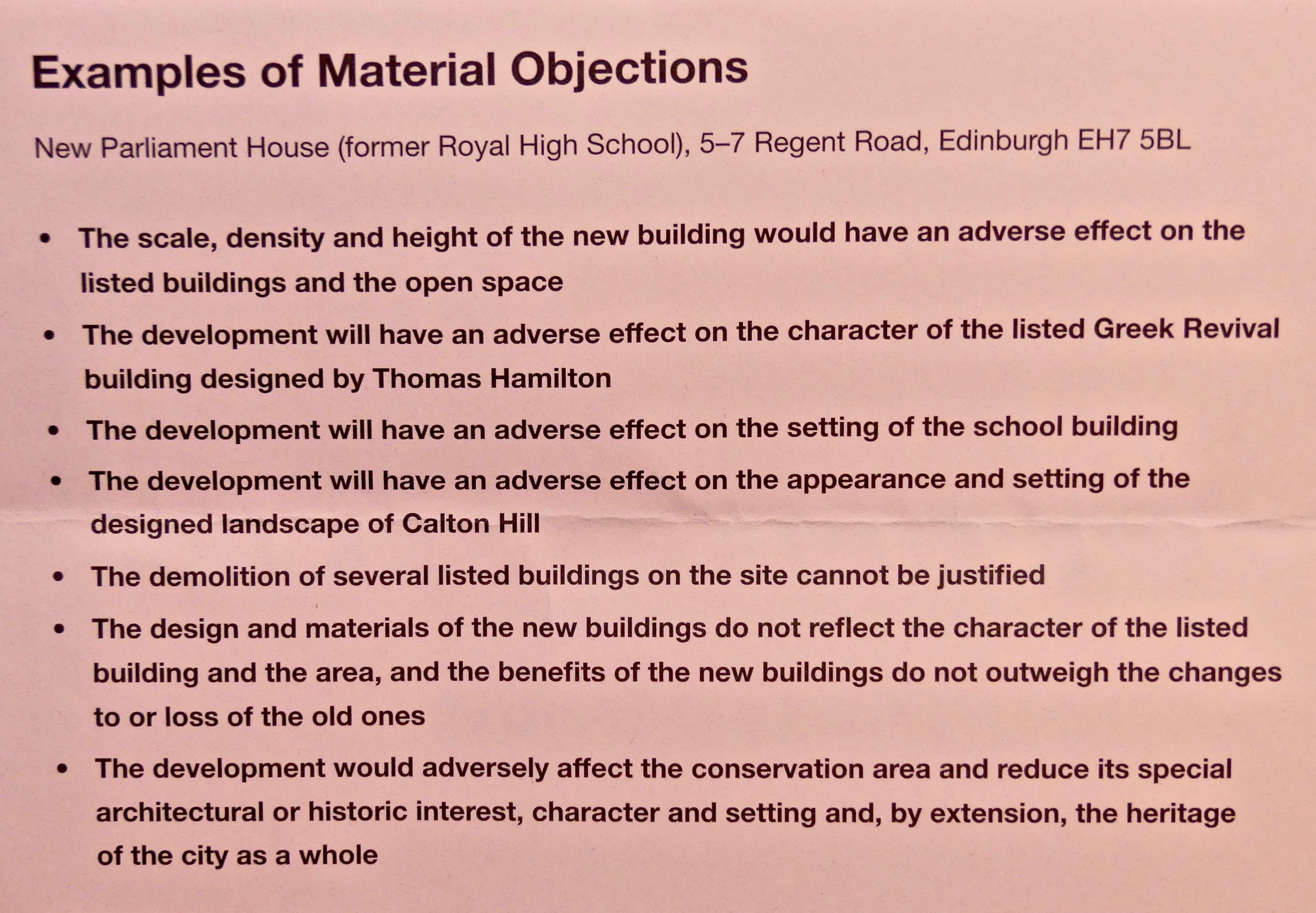
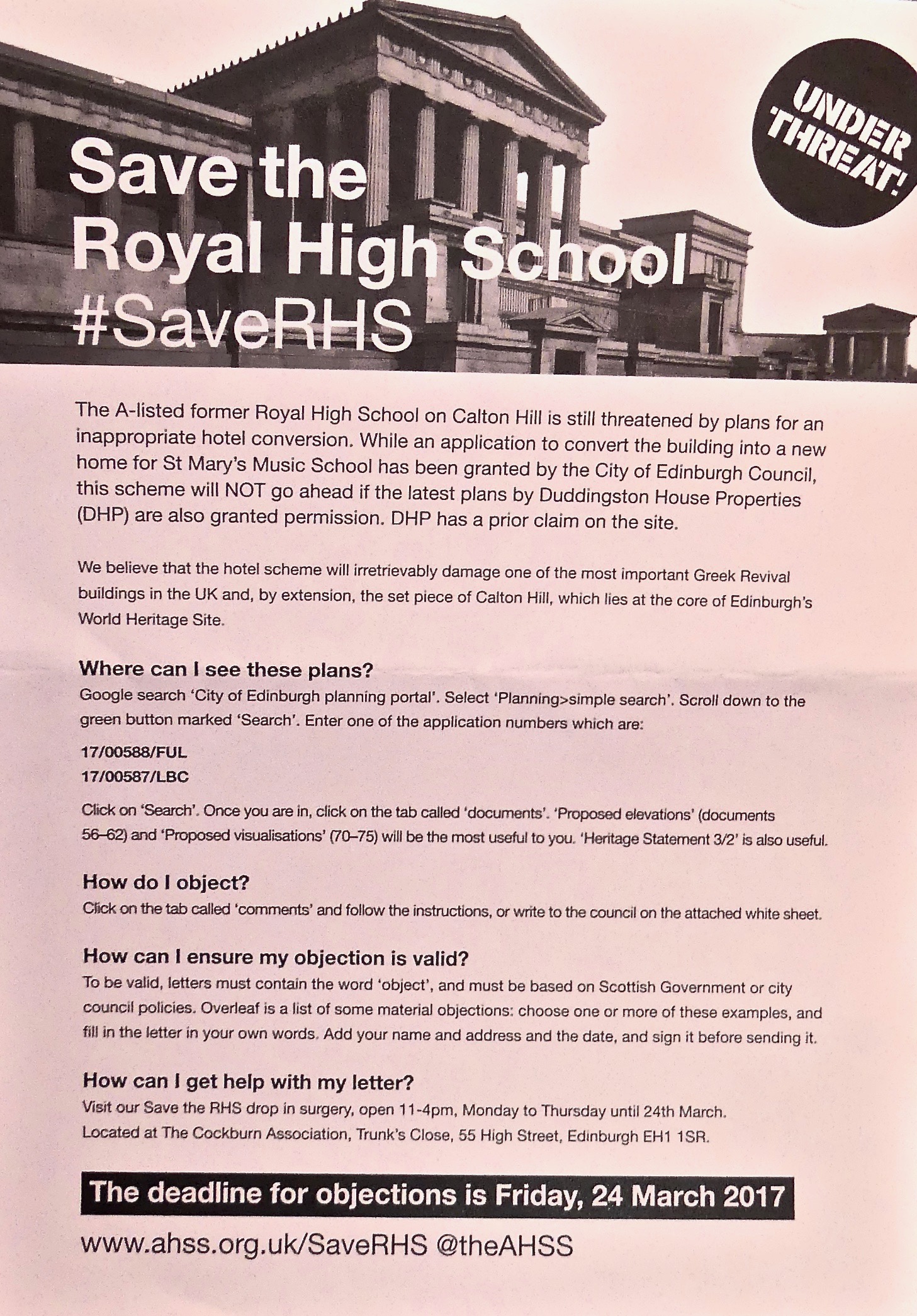
Got a view? Tell us at spurtle@hotmail.co.uk or @theSpurtle or Facebook